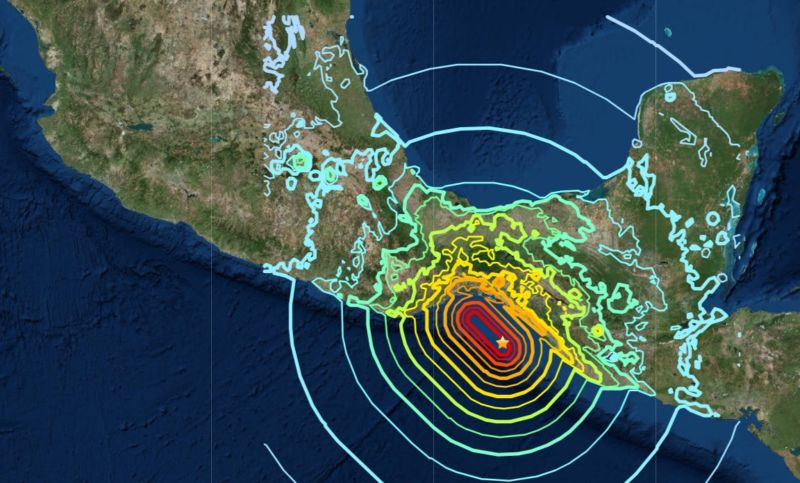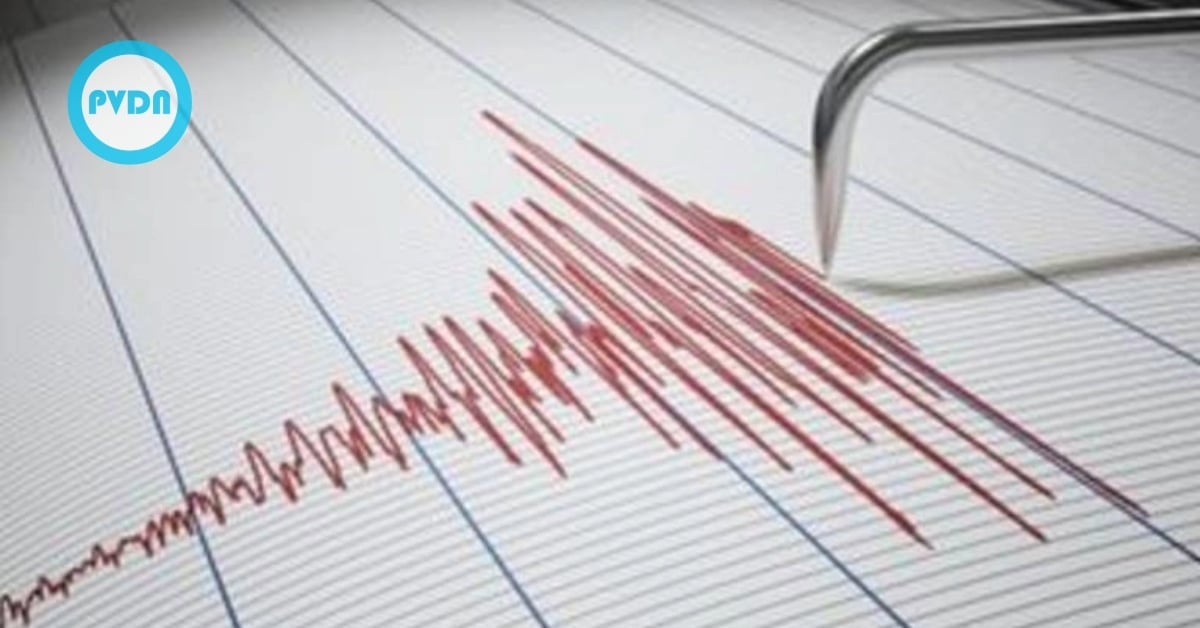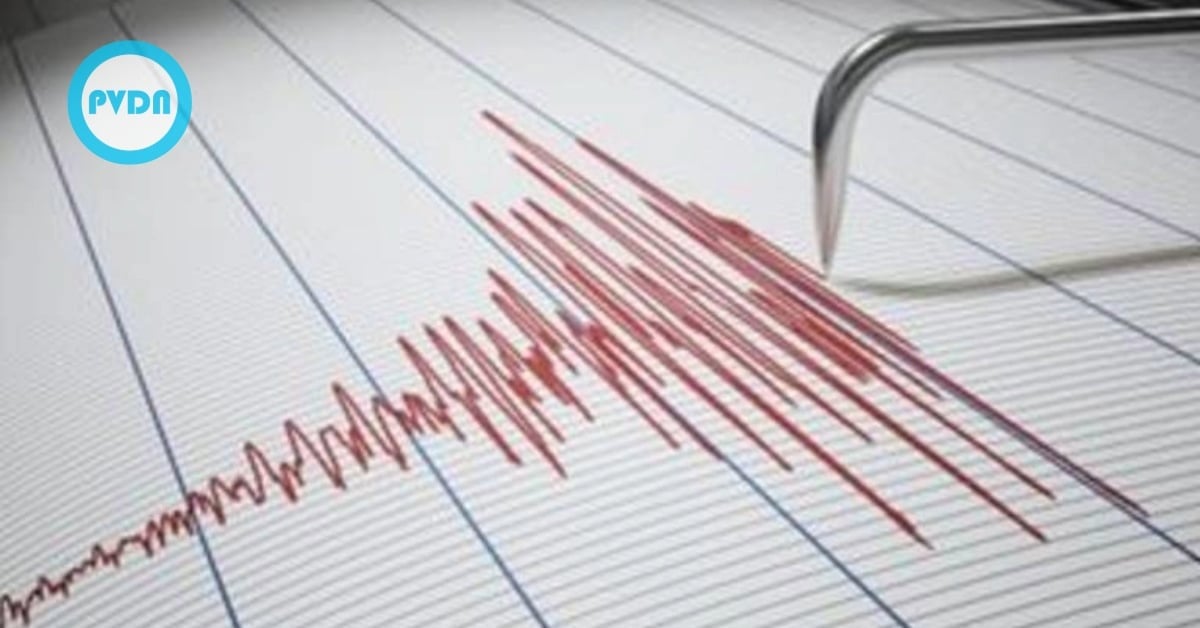September 2017 saw a pair of weird earthquakes in Mexico. A magnitude 8.2 on September 8 just offshore the state of Chiapas was followed by a magnitude 7.1 on September 19—this time much closer to Mexico City, causing considerable destruction there. While the two earthquakes were not connected, they were the same type of earthquake, which is unusual in the region.
Mexico’s western coast is a tectonic plate boundary, where the Pacific plate collides with and dives beneath the continent. That means that earthquakes along that boundary are typically the result of compressive . . .





